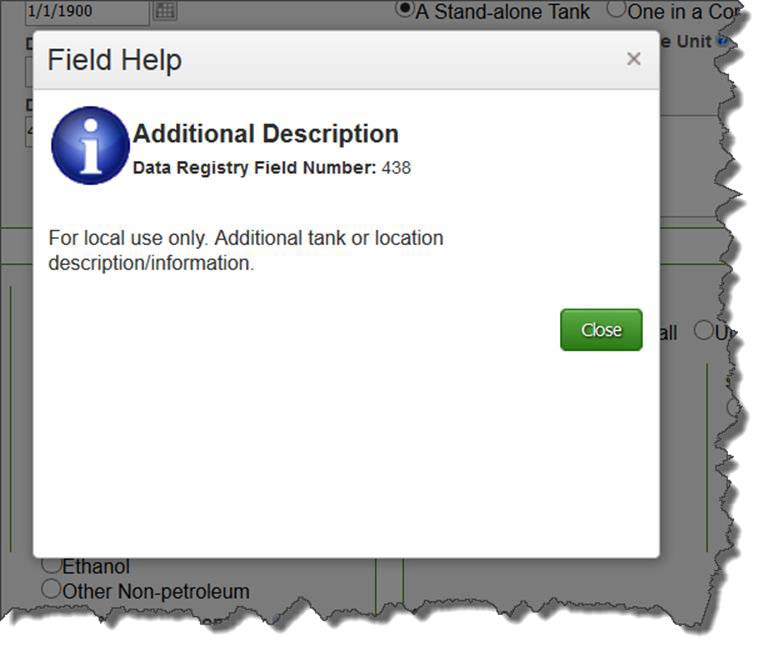California Environmental Reporting System (CERS)
Assigning Existing USTs to a New Facility (June 28, 2016)
Question: Should a new business that takes over an existing UST facility change the tank ID numbers?
Answer: No, the tank IDs would not change when an existing CERS ID facility is transferred to another business because the CERS ID does not change.
However, if there is a compelling need to change the Tank ID numbers, have the business (or offer to assist them) follow the process below to ‘close’ the existing tank IDs and create ‘new’ tanks. In both cases each business would make a UST submittal and each would provide a comment as described below that the tanks are not actually closed or new. (In CERS 3 there will be a unique, permanent, CERS-generated Tank ID. This will enable accurate tracking of the tanks while allowing businesses the flexibility to change the name or number they assign to their tanks.)
Related Scenario: Subleasing. A business, Bob’s Gas Station, has a gas station with 6 USTs, five petroleum and one used oil tank. All tanks have previously been reported in CERS and the submission was accepted. Now, Bob’s Gas Station decides to lease out the service bay and the used oil tank to a new business (so this tank has a new tank operator). How should this be addressed in submissions to CERS?
In this scenario the new facility must create a new CERS ID as it is a new regulated facility. A new Tank Id number can be assigned to the waste oil tank because the tank is associated with the new CERS ID.
To manage tanks reporting in this scenario:
- The existing facility, now with 5 active tanks makes a new submittal ‘closing’ their used oil tank. Use the ‘UST Removal’ valid value rather than ‘permanently closed’. Include a comment in the ‘Additional Description’ field that the tank is not really closed; it is transferred to a new facility.

- The new facility with one existing used oil tank (but new to the new facility) makes a submittal and creates a new tank record with a new tank ID. They include a comment that this is not really a new tank but it is tank ID xx from the existing facility.

- Both of these will be included in the CERS Report 6 for this reporting period. The UPA will need to clarify in reporting or in the Paperless certification the nature of these two discrepancies.
- Later, the new facility in the service bay quits and the service bay and used oil tank revert to the original existing business, Bob’s Gas Station. The closing facility will need to make a submittal to ‘close’ their used oil tank and add a comment that it’s not really closed; it’s been transferred back to Bob’s Gas Station. In turn, Bob’s Gas Station can ‘reactivate’ the used oil tank with the original Tank ID number by making a new submittal based on a previous submittal and removing the tank closure date.
- If the closed facility does not make that submittal the UPA could do it on behalf of the business either through a proxy submittal (if they have that capability) or by adding themself to Business Organization as a user, making the submission on behalf of the closed facility, and then removing themself from the closed Business Organization.
Note the following related screenshots:







